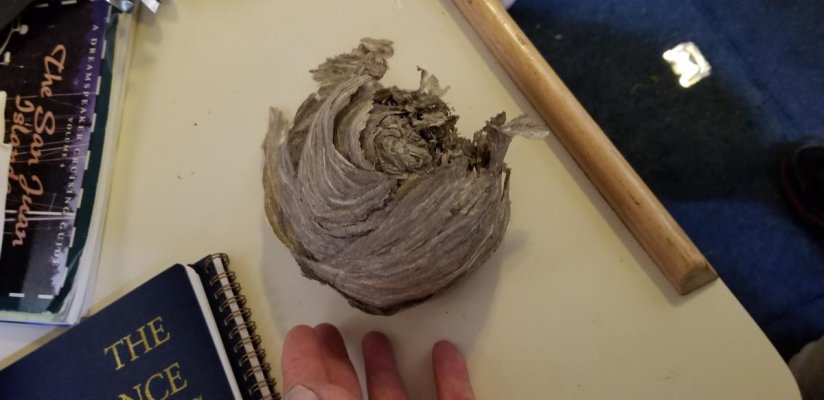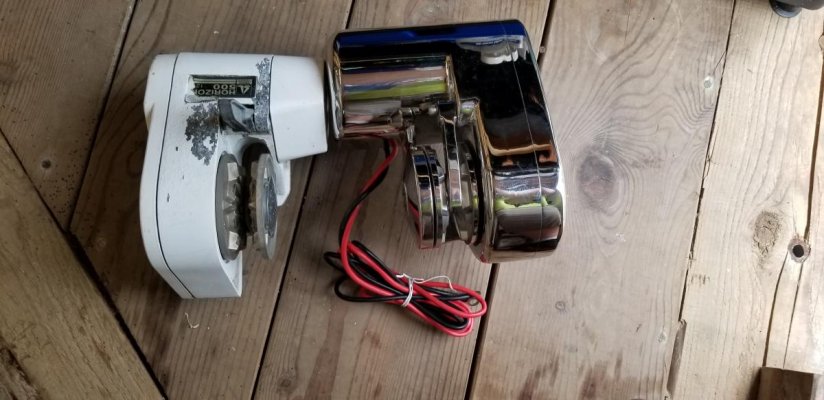ctjstr
Senior Member
- Joined
- Nov 24, 2017
- Messages
- 399
- Location
- United States
- Vessel Name
- "Convergence"
- Vessel Make
- Camano Troll
After going through the original windlass motor on our 97 Troll, I decided to replace the unit entirely. I'm using a Five Oceans S612. Time will tell if my reliance on a Chinese product will be justified.
In pulling the old windlass off the deck, I was surprised at the small gauge of the wiring. Its no more than #10. The wiring up from the main fuse (I presume) is stouter, maybe 6 or 8, but it steps down to #10 before it goes in to the unit.
I just don't get that. The new one has #6 attached to it from the factory. How is it that the old one could have functioned with such thin wire? I'm pretty wire ignorant, but I'd have bet anything the amperage used to operate the windlass would have heated up that small wire like a branding iron.
I know lots of you guys are way more up on this stuff than me, so figured I'd ask here, to satisfy my curiosity..
thanks
toni
In pulling the old windlass off the deck, I was surprised at the small gauge of the wiring. Its no more than #10. The wiring up from the main fuse (I presume) is stouter, maybe 6 or 8, but it steps down to #10 before it goes in to the unit.
I just don't get that. The new one has #6 attached to it from the factory. How is it that the old one could have functioned with such thin wire? I'm pretty wire ignorant, but I'd have bet anything the amperage used to operate the windlass would have heated up that small wire like a branding iron.
I know lots of you guys are way more up on this stuff than me, so figured I'd ask here, to satisfy my curiosity..
thanks
toni


